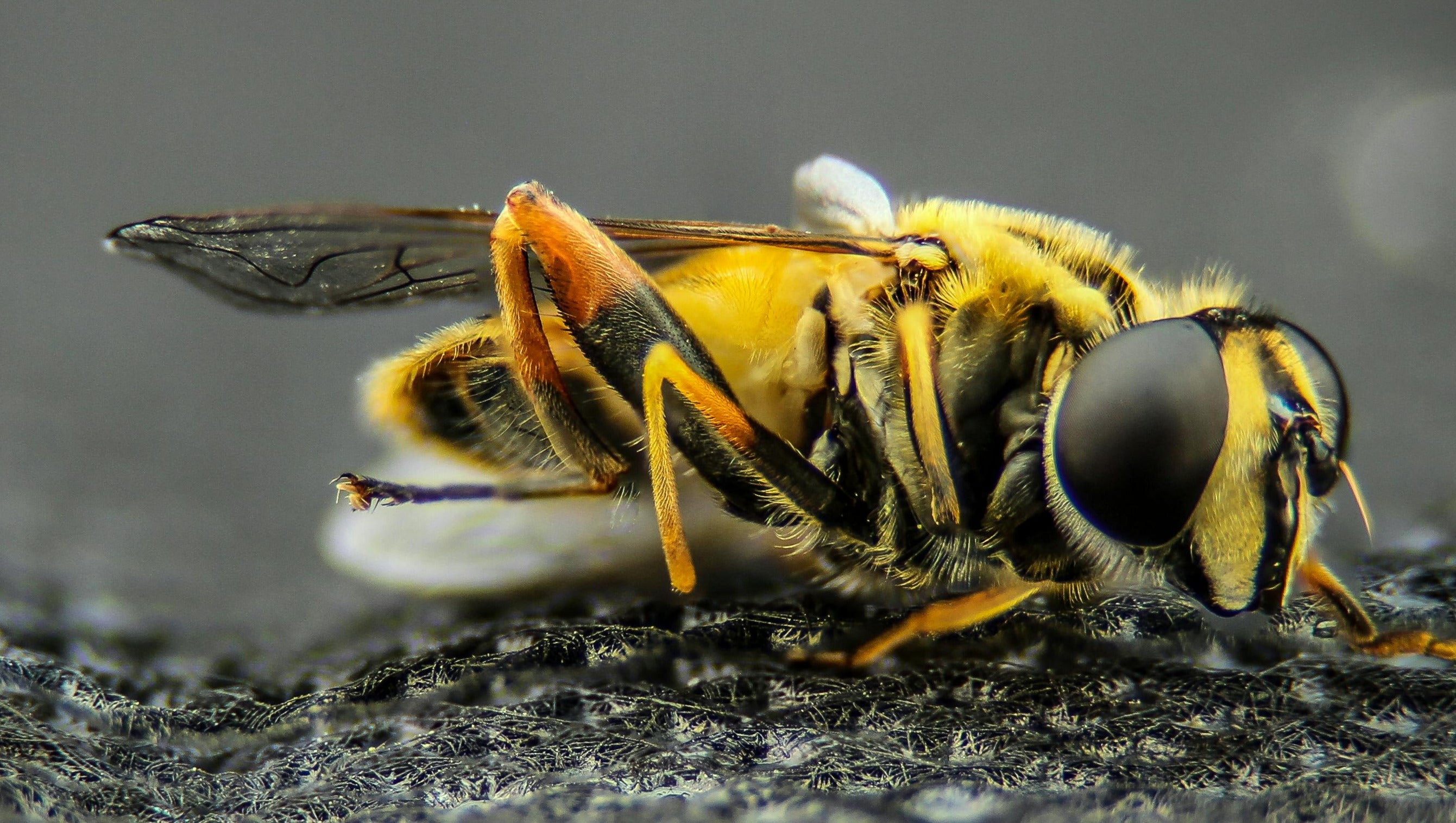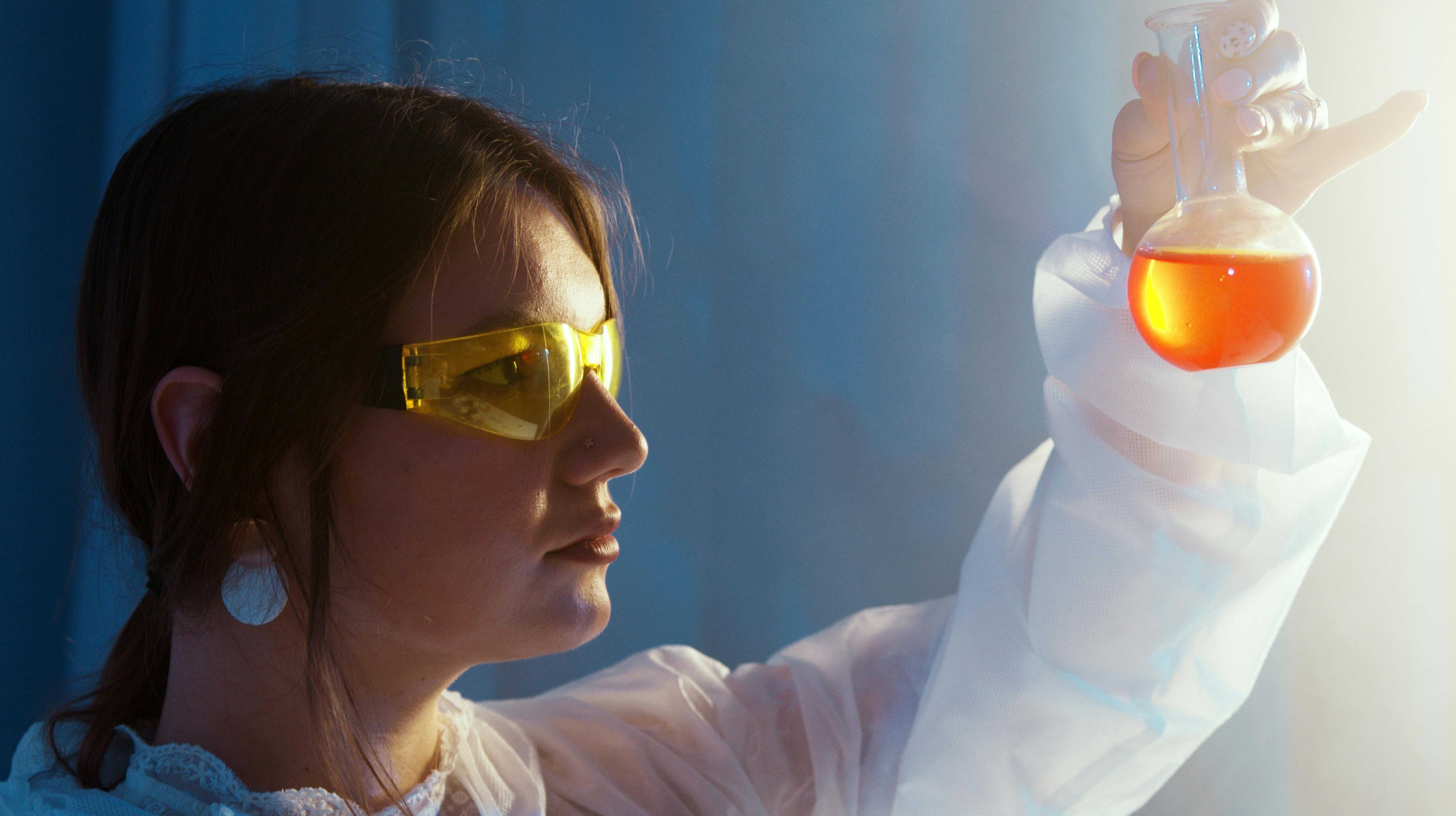
How Do Bees See? The Science Behind Bee Vision and Ultraviolet Light
How Do Bees See? Nature’s Hidden Spectrum of Color
When you look at a garden in full bloom, you see a world bursting with color – reds, pinks, yellows, and greens. But have you ever wondered how bees see that same garden? Their world looks nothing like ours. While we see with human eyes limited to the visible spectrum, bee vision reaches into a realm we can only imagine – one filled with ultraviolet light and invisible patterns painted across petals.
Unlike us, bees’ eyesight isn’t designed for beauty; it’s built for survival.
Every color, every shimmer of light helps them find the flowers richest in nectar and pollen. To a bee, a simple daisy might glow with ultraviolet markings that act like landing signals, guiding it straight to the flower’s sweet reward.
So, what colors can bees see, and how does their perception compare to ours?
To answer that, we have to step inside the mind – or rather, the eyes – of one of nature’s most fascinating pollinators.
How Many Eyes Do Bees Have?
It might surprise you to learn that bees don’t just have two eyes – they actually have five.That’s right: five separate eyes working together to create one extraordinary view of the world.
Bees have two large compound eyes on either side of their head and three smaller simple eyes,called ocelli, arranged in a triangle on top of their head.Each serves a different purpose, combining to form the complex bee eyesight that allows them to fly, forage, and navigate with remarkable precision.
The compound eyes are made up of thousands of tiny lenses called ommatidia, each capturing a piece of the visual puzzle.Together, they give bees a wide field of view and incredible motion detection – crucial for spotting moving flowers or avoiding predators mid-flight.
The simple eyes, on the other hand, aren’t for detailed vision.
Instead, they sense light intensity and help bees maintain balance, orientation, and stability while flying.Think of them as built-in navigation sensors, keeping the bee steady as it darts from bloom to bloom.
This combination of five eyes makes bee vision highly specialized – not sharper than ours, but far more efficient for their daily missions. With this unique design, bees can track colors, detect movement, and even sense the position of the sun, all at once.

What Colors Can Bees See?
While humans see colors through three receptors (red, green, and blue), bees’ eyes are tuned to a different trio: ultraviolet (UV), blue, and green.
That means bees can see ultraviolet light, but they can’t detect red. To them, red flowers appear dark or even black.
So, what colors can bees see best?They’re most drawn to blue, purple, violet, and yellow tones – colors that often mark flowers rich in nectar.
But here’s where it gets even more fascinating: many flowers have ultraviolet patterns, invisible to us but perfectly visible to bees.These UV designs act like landing guides, highlighting exactly where the nectar is hidden.
Can Bees See Ultraviolet Light?
Yes – and it’s one of the biggest differences in bee vision vs human vision. What looks like a plain petal to us might glow with vibrant ultraviolet patterns to a bee, forming luminous paths that lead straight to the nectar.
To a bee, these invisible colors transform the world into a glowing map of possibilities. The edges of petals, pollen trails, and even the center of flowers shine in UV, helping bees quickly identify which blossoms are worth visiting.
Why Bees See in Ultraviolet
Nature always designs with purpose. Bees evolved to see in ultraviolet light because it gives them a crucial advantage in finding food and supporting plant pollination. Ultraviolet vision helps them:
-
Locate nectar-rich flowers more efficiently, guided by UV markings that act like runway lights.
-
Distinguish between flowers that look identical to us but vary in UV reflection – allowing bees to pick the most rewarding ones.
-
Navigate in dim light, since UV sensitivity enhances contrast and clarity even on cloudy days.
By seeing what we cannot, bees ensure the survival of countless plants – and in turn, our entire ecosystem. For them, ultraviolet isn’t just another color; it’s a key to life itself.
What Colors Attract Bees?
Now that we know what colors bees can see, it’s easy to understand why certain flowers are buzzing with activity. Bees are naturally drawn to blue, violet, and purple — shades that appear the brightest and most inviting in their color spectrum.
Red flowers, on the other hand, don’t usually catch a bee’s attention. Because bees can’t see red, those blooms appear dark or dull. However, many red or orange flowers compensate by reflecting ultraviolet light, which makes them visible to bees after all.
In the world of how bees see flowers, it’s not just about color – it’s about contrast. Bees are especially attracted to blossoms with strong color differences between the petals and the center, often outlined by ultraviolet patterns that act like glowing landing zones.
This is why gardens filled with purple lavender, yellow sunflowers, and bluebells are bees' favorites – they shine brightest in the bees’ unique visual spectrum, guiding them straight to nature’s sweetest treasures.

Bee Vision vs Human Vision
For humans, sight is about color and beauty – we notice details, patterns, and emotion in what we see. For bees, vision is about precision and purpose. Their eyes aren’t made to admire; they’re made to guide. While we use sight to experience the world, bees use it to sustain it – navigating complex landscapes, identifying flowers, and communicating direction within their hives.
Here’s a closer look at how bee eyesight compares to our own:


Through the Eyes of the Bee
To us, a field of flowers is a burst of color and fragrance. To a bee, it’s a radiant landscape glowing in ultraviolet light — a living map that leads to sweetness and life itself. Every flight, every flower, every shimmer of color reminds us how deeply connected bees are to the world around them.
Their vision sustains our planet. Their work brings beauty to our tables. And the golden honey they create is nature’s way of showing that even the smallest eyes can see the biggest picture.
At HoneyFlo, we celebrate that brilliance in every jar. Crafted by bees and perfected by nature, our honey captures the colors and light they see – pure, wild, and full of life.




